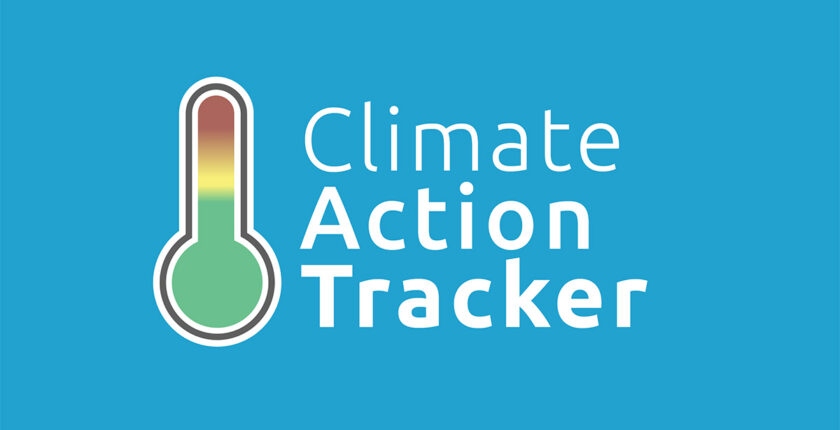Japan
The CAT rates Japan’s policies and action as “Insufficient”. The “Insufficient” rating indicates that Japan’s climate policies and action need substantial improvements to be consistent with the 1.5 °C temperature limit. If all countries were to follow Japan’s approach, warming would reach over 2°C and up to 3°C.
We project that Japan’s implemented policies will lead to emission levels of 28% to 33% below 2013 levels in 2030, excluding LULUCF, falling short of its latest NDC target to achieve 46% (42% excluding LULUCF credits) below 2013 levels. Without additional measures, Japan will likely miss its NDC target, let alone the 60% reduction below 2013 levels which we estimate as 1.5 °C-compatible.
Japan is finally starting to officially shift, albeit gradually, away from developing coal power, both domestically and overseas. The 19% coal-fired power generation share in 2030 is, even though far from being 1.5°C-consistent, a considerable step forward compared to earlier plans. However, the government’s focus on improving coal-fired power plant efficiency, co-firing plants with ammonia, and introducing the as-yet-unviable carbon capture and storage, are all distractions from the need for it to phase out coal-fired power by 2030 at the latest. Two new coal-fired plants have just begun operating, and six more are planned.
It also remains to be seen whether Japan will stop financing international fossil fuel projects, despite committing to end public financing for coal projects by the end of 2021 and for other fossil fuel projects by the end of 2022. The private sector is shifting, albeit slowly, and the country’s three largest banks remain the world’s top three lenders for global coal projects.
For renewables, a new feed in tariff and increased funding for distribution networks has seen a jump in solar (PV) installations, but other renewables such as wind energy are still slow to pick up. This may change, as the first auction for three large-scale offshore wind projects (1.7 GW in total) was won by Mitsubishi Corporation-led business consortia at a far lower tariff than the ceiling price set by the government, sending a strong signal that offshore wind can be competitive.
The full policies and action analysis can be found here.


